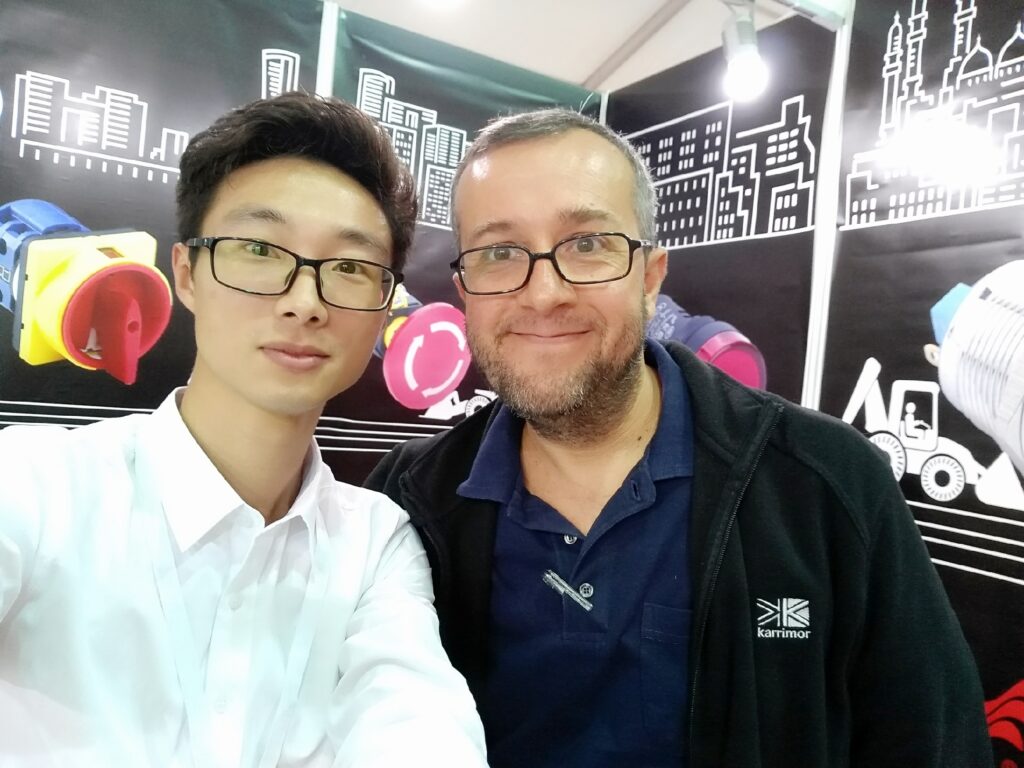 Cheers
CheersRotary Cam Switch Functionality
A rotary cam switch functions via a mechanical shaft rotation. This shaft interacts with a cam mechanism to activate electrical contacts in a sequence or individually depending on design. Rotating shaft positions specify contact variations.
Usage spans from industrial machinery to consumer products. They adapt to different electrical load and current conditions. Feedback and position indication are achieved via detents or lights.
- Commonly used in industrial systems, appliances, and electronics
- Wide load acceptance allows flexible usage
Protective Features of Disconnect Switches
Disconnect switches provide safety by isolating circuits. They provide means to safely disconnect electrical systems. Isolating power supports safe repair interventions. Deactivate the disconnect switch prior to maintenance. Misuse can cause dangerous electrical incidents.
Maintain safety by respecting key operational rules: Identify the exact disconnect switch for your circuit. Confirm the circuit is powered down prior to operation. Wear insulated gloves and use protective instruments. Reapply power through the disconnect and validate.
- At intervals, scrutinize disconnect for deterioration
- Ensure storage in dry and unpolluted environments
- Request electrician guidance if needed
Isolator Switch Importance
These switches permit complete isolation of electrical loads. Unlike protective components, these switches isolate circuits manually. It prevents accidental contact with energized parts when maintained.
- Isolator switches enable safe equipment diagnostics
- Visual cues ensure correct isolation status
- Reliable isolation protects workers effectively
Continuous Power Switching
They maintain continuous energy flow during source switching. Their main task is to rapidly transfer loads between power sources. They eliminate power supply breaks during switching. Advanced designs ensure near seamless changeovers. Integral to systems with alternative energy needs. Automated controls facilitate seamless power change
Introduction to Rotating Cam Switches
Understanding cam design aids circuit mastery. Through rotary handles, they enable switching among contacts. Users can accurately choose among multiple circuits. Switch function reliability depends on the cam design. Rotary cams withstand conditions demanding robustness and precision
- Understanding the construction simplifies troubleshooting
- Recognizing contact types and their roles is vital for installation
- Familiarity with specs maintains effective operation
Disconnect Switches Importance
System safety relies on effective disconnect devices. Switches stop electrical flow when required. Isolation enhances safety during electrical work. Numerous types exist tailored for various applications
- Conventional disconnects are widely used in factories
- Load break switches act on live electrical feeds
- Vacuum-based isolators improve arc suppression
- Air break designs break circuits using air spaces
Identifying disconnect variants assists selection. Evaluating specs and environment assures secure operation
Determining Optimal Isolation Switch
Evaluating isolator options involves inspecting key factors. Inspecting system current and load characteristics. Voltage rating or potential difference is also crucial. Oscillation speed or frequency matters for operation. Size, footprint, and mechanical features impact installation. Safety enhancements such as spark control materials are essential. Comprehensive review leads to the most appropriate isolator.
Industrial Applications of Changeover Switches
Changeover switches facilitate manufacturing systems. Power transfer between sources is a key role. Switches contribute to electricity distribution and stability. In complex electrical systems, changeover switches help safeguard equipment and ensure continuous production. Their robustness supports a broad range of industrial needs
Switch Type Characteristics Compared
Selecting correct switches depends on grasping their distinctions. These switches support different operational modes. They grant electrical separation as needed. They maintain protection during servicing. While isolators share functions with disconnects, they are rated for higher current and built with sturdier mechanical design
Handling Electrical Switch Failures
Switch problems may arise from worn components. Inspect mechanical fastening points and secure them. Check switch and bulb if lights flicker. Assess switches for damage or worn contacts and renew. Verify the circuit breaker or fuse box has not tripped or blown. Professional help is recommended for unresolved issues
Cam Switch Configuration and Utility
Rotary cam switches use mechanical components to regulate power. A rotary shaft actuates multiple switch contact points. Shaft rotation leads to sequential circuit switching. Switch performance depends on cam profile design. Elaborated cam profiles achieve diverse switch positions
They find application in numerous industrial and commercial settings. Deployed in factory equipment, electronic products, vehicles, and networks.
- Mechanical dimensions, number of switch states, contact composition and setting affect design
